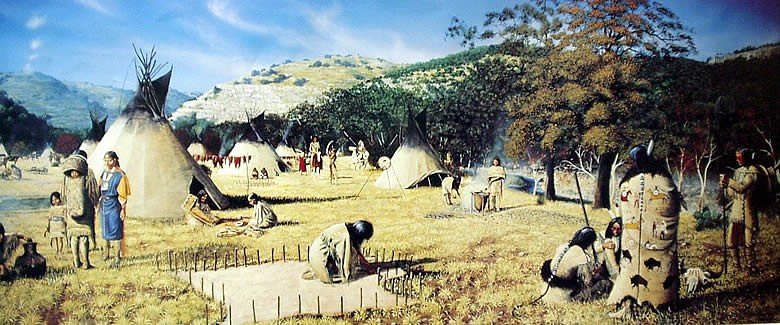The Provincias Internas (CEC)

The changing geo-political situation in North America required Spain to rethink its approach to its northern frontera—including the troublesome province of Tejas. After inspections, and recommendations, by the likes of José de Gálves Gallardo and The Marqués de Rubí, King Carlos III directed the implementation of these suggestions by establishing the Provincias Internas in 1776.
In essence, the frontier provinces of New Spain fell into a new jurisdiction that in theory could more efficiently deal with the fluid situation brought on by increasing Indian raids. Typically administrators lumped Texas in with Coahuila, Nuevo León, and Nuevo Santander during the nearly fifty-year life span of the Provincias Internas.
Colonel Juan de Ugalde
The first commander of this eastern Provincia Internas left a deep imprint on the new entity. Colonel Juan de Ugalde, a veteran Spanish soldier who had fought Moors, Austrians, and Portugese, before coming to the northern frontera in 1777. Ugalde added the Apaches to his list of vanquished foes over eleven years of campaigning from 1779 to 1790, covering the country from present-day El Paso to San Antonio de Béxar and as far north as the headwaters of the Colorado River. Afterward, he returned to Spain and served in the Peninsula War, earning the prestigious Gran Cruz de San Hermenegildo from his government in 1815.

The present-day town of Uvalde, Texas, is actually named after an English mispronunciation of his name. His most decisive battle on the Texas frontier took place in the Sabinal Canyon, which officials renamed Cañon de Ugalde.